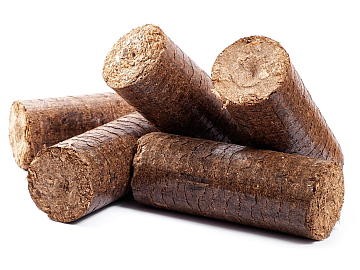Investments in sustainable energies are growing.

News16 de December de 2025
The trend is that by the year 2030, 630 billion dollars will be invested worldwide in clean energies, including biomass, solar, and wind.
In the world, 138 countries have already set goals or political terms for renewable energies. UNEP (United Nations Environment Programme) pointed out in its report that in 2012, investments in renewable energies worldwide amounted to 244 billion dollars.
Studies confirm that there is a growing trend in investment in renewable energies. It is expected that by the year 2030, investments will reach 630 billion dollars per year.
The installed renewable energy capacity in the world has already exceeded 1470 GW, with 115 GW installed in the last year by various countries, maintaining the trend of recent years, with an average increase of 8.5% in installed capacity.
Among the countries investing in renewable energies, China stands out, having increased its investments by 22% in the last year, reaching 67 billion dollars. Brazil is among the five countries with the highest installed renewable energy capacity, alongside China, the United States, Canada, and Germany.
In the Brazilian scenario, the production of hydroelectric, bioenergy, and solar energy stands out. The production of bioenergy in the country is only surpassed by the United States and Germany, which have generated 36 terawatt-hours in the last year. While in hydroelectric energy, Brazil is responsible for 8.5% of global capacity, behind only China.
Among the Brazilian energies with great potential are solar, wind, and biomass. A study conducted by WWF indicates that Brazil can increase its electricity production by 40% using only its renewable resources and investing in wind and biomass energy generation.
The potential for electricity generation from biomass is calculated based on the availability of sugarcane bagasse, which is its main raw material. Currently, there are 440 active sugarcane mills in Brazil, but most of them only produce energy to meet their own energy needs.
According to UNICA (Brazilian Sugarcane Industry Association), the potential for electricity generation through this source is 1.5 million kilowatts per year. According to the Acende Brasil Institute, with the amount of sugarcane fields in Brazil, it would be possible to generate about 14 million kilowatts per year.
Another renewable energy source with great potential is solid waste. Forest and industrial waste are the best short-term opportunity. On the other hand, forests planted especially for this purpose have the best long-term development.
Meanwhile, in pellet production, the moisture content of the wood is reduced and its density increased, expanding its export possibilities, as wood pellets are currently the most traded form of solid biomass in the world.
To learn more about energy production from biomass, click on the images below: